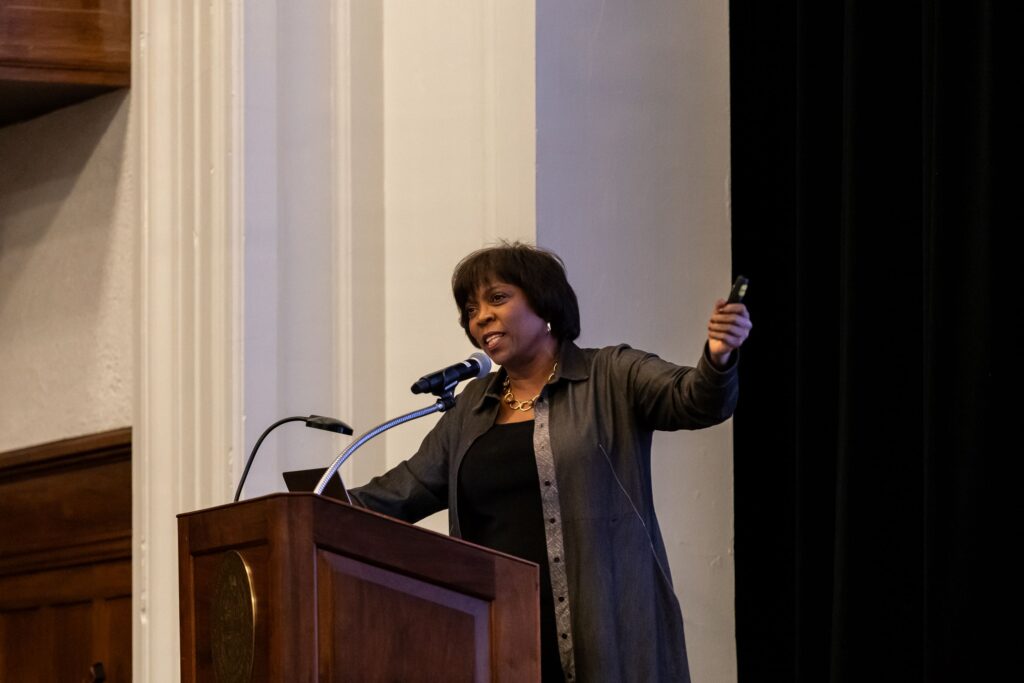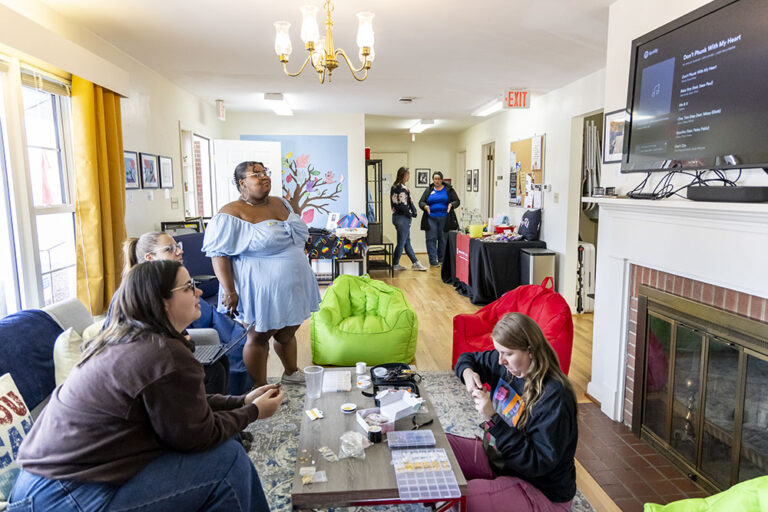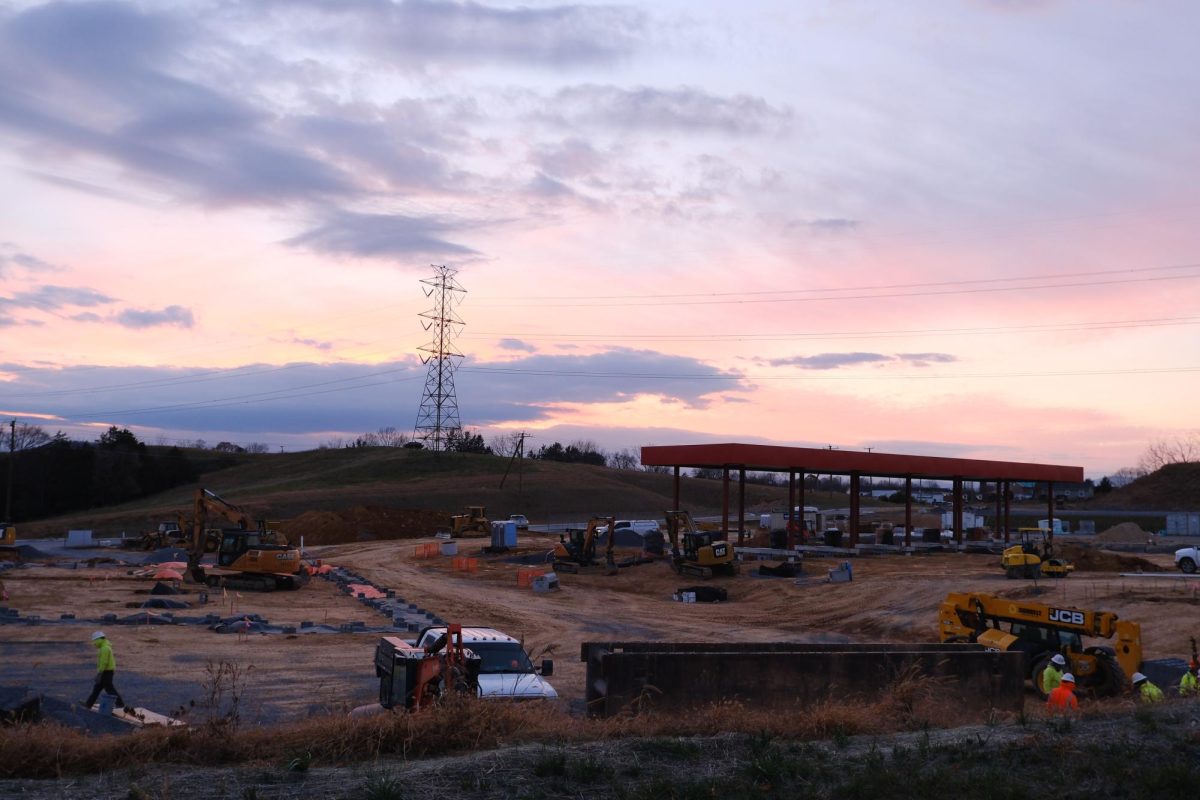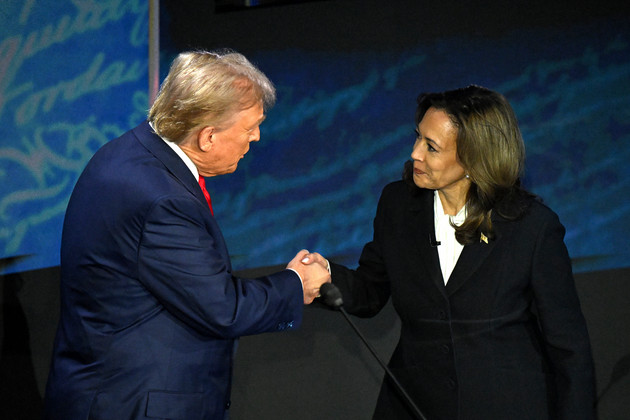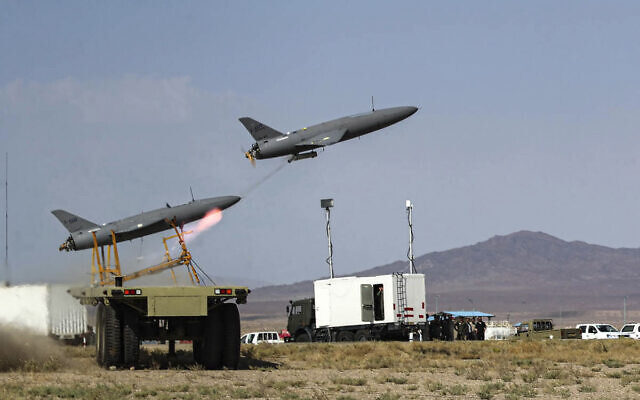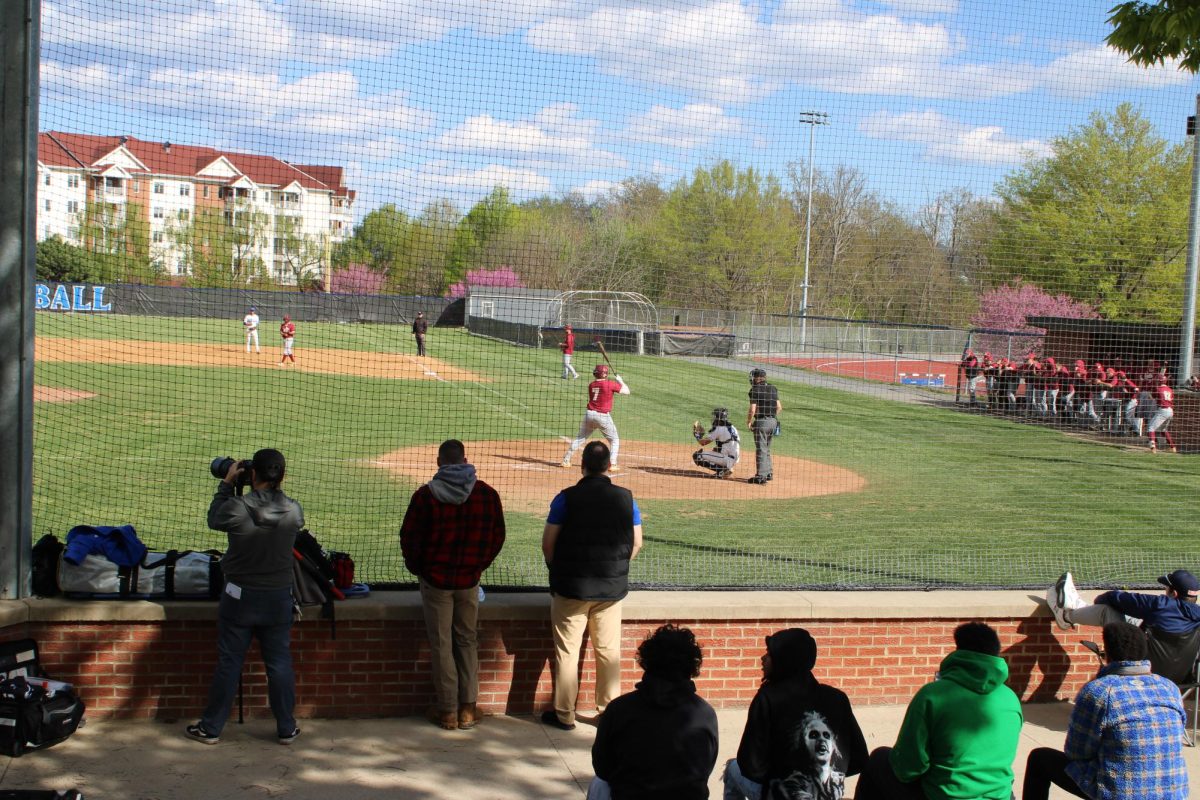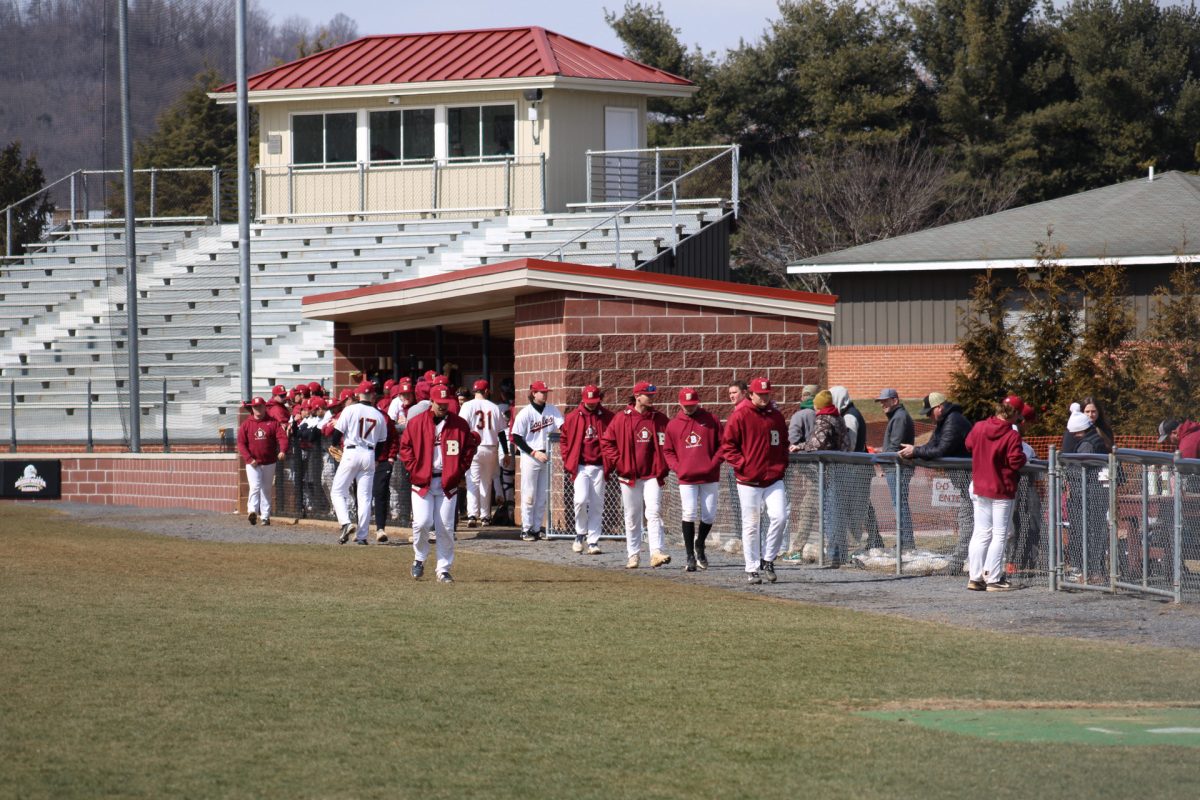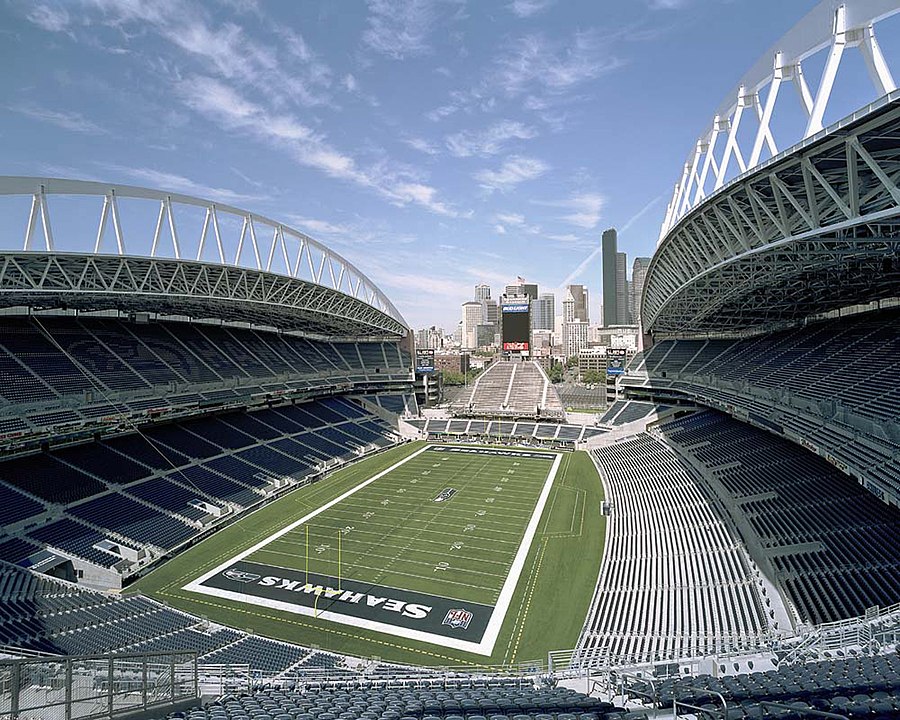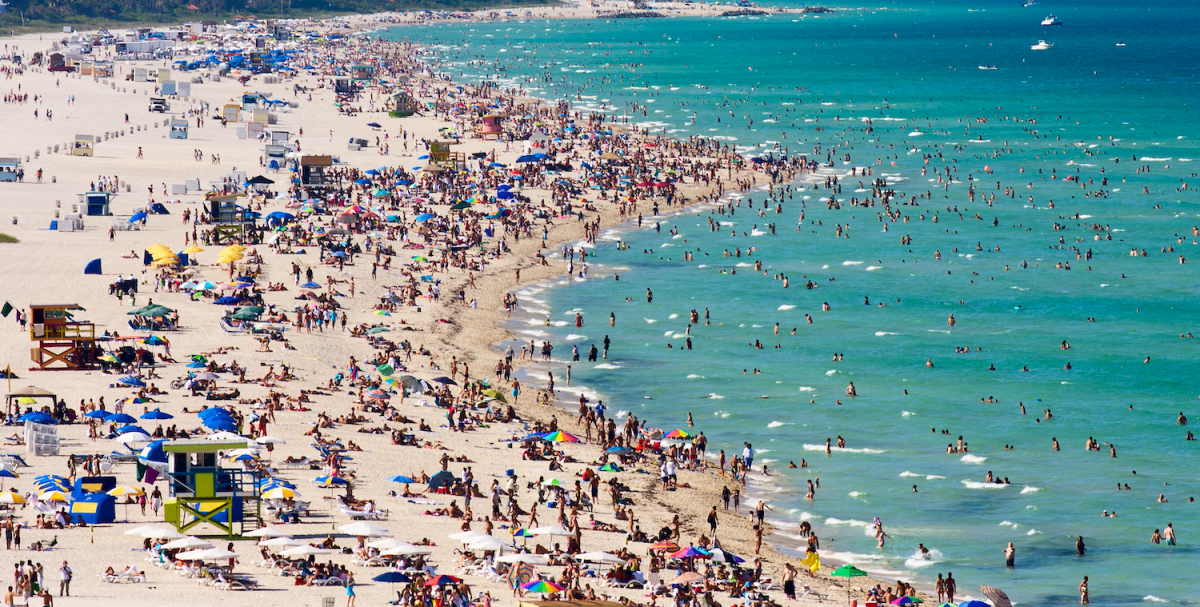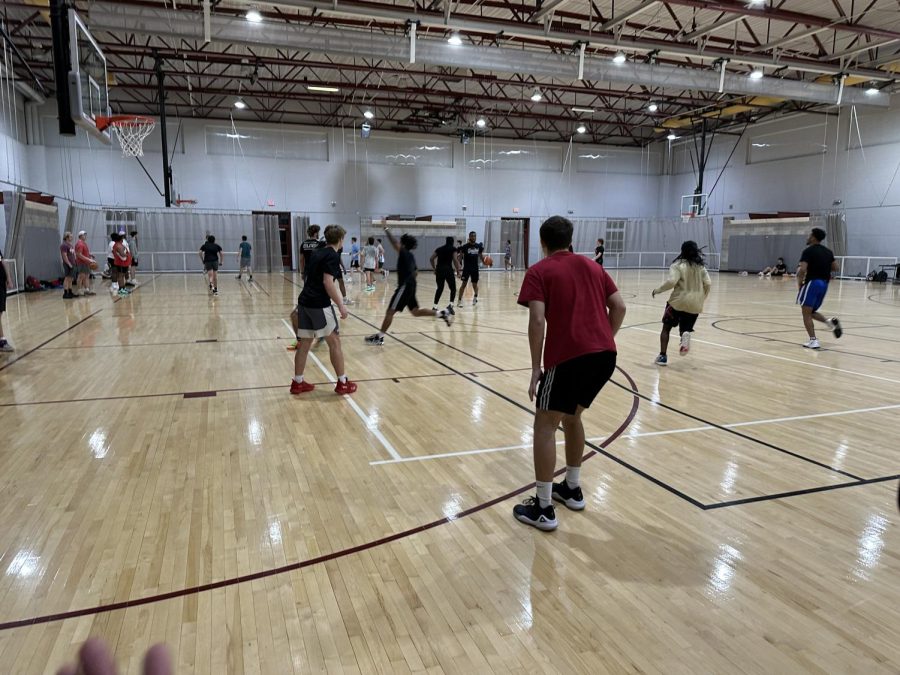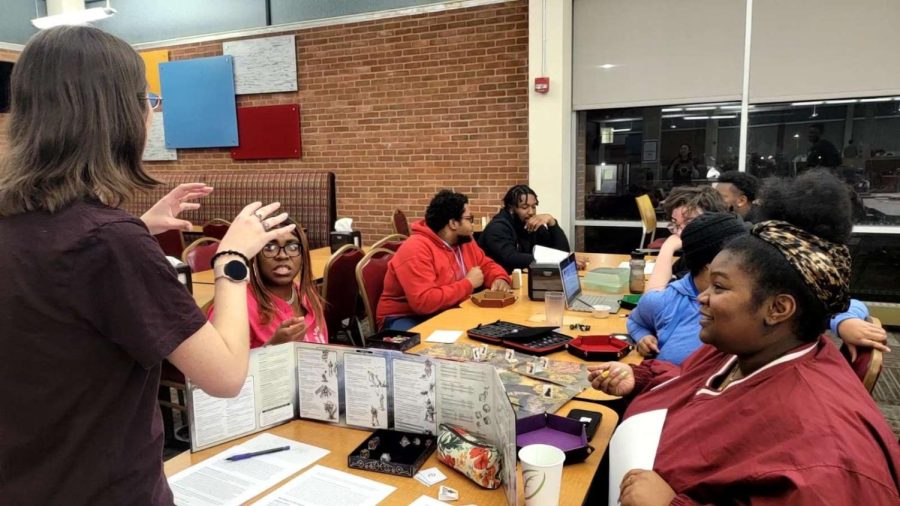Making Voices Heard
Mass Protests throughout the World
December 6, 2019
Bridgewater, Va.- In the past few months, there have been mass protests all around the world.
There have been so many protests that it seems people are just ignoring them, which is understandable because each one of the conflicts is more complex than the other. However, all the protests have a commonality: They are mostly led by a younger generation who is ready to stand against powerful authoritarian governments.
Also, all of these protests have managed to stay peaceful, to some degree, even though the youth usually are more vulnerable to being punished by their governments’ response. Some of these protests have resulted in countless injuries and casualties among protesters.
Protests in Hong Kong started when the Hong Kong government proposed a law that allowed extradition agreement with Taiwan, which would also require an extradition agreement with mainland China and thus be tried in Chinese courts.
Most Protesters in Hong Kong are the first generation to be born and live under the “one nation two systems” law, and they are afraid that China will use this law to gain more control over Hong Kong. They started as peaceful protests against one law and slowly turned into an anti-Chinese government/ pro-democracy movement. Most recently, the authorities in Hong Kong have led violent clashes with university students but students are not backing down.
In Haiti, a severe fuel shortage led to a nation-wide peaceful protest against their government. Protesters are demanding the president to step down as he is unable to keep a stable economy, stop corruption or even provide basic goods. The Catholic Church in Haiti also joined the protests, which put even more pressure on President Moise but he refuses to step down. He has stated that he acknowledges the people’s demands but refuses to consider that one of the demands is his removal.
After 16 years of non-stop wars, extreme corruption, and full control of the Iranian government over Iraq, millions of young Iraqis are protesting and demanding the total removal of the Iraqi government. The protest started after a commander in the Iraqi Counter-Terrorism Forces was removed from his position with no explanation. It was later revealed that some political parties were afraid of a future military coup by the ICTF. The ICTF is directly controlled by the Prime Minister, therefore not under the control of the Ministry of Defense, which is controlled by a political party. People in Iraq have lost every bit of faith in the government and the security forces controlled by the parties but the ICTF was looked at by the people as the only trustworthy security force.
After a few days of protests, the government started firing at protesters which resulted in multiple dozens of civilian deaths. The week after that even more protesters poured into the streets of Baghdad, Basra, and many other cities and so the government responded with killing more protesters. To date, more than 350 protesters have been killed and over 12,000 injured. It has been clear to Iraqis that the government is not going to back and so they refuse to back down either.
Soon after protests in Iraq, mass protests erupted in Lebanon as a result of corruption and civil unrest. The Lebanese were inspired by Iraqi protesters as they saw that just like the Iraqi government, the Lebanese government is also under high-influence if not total control of the Iranian regime. However, soon after the protests, the Prime Minister of Lebanon backed down, and protests have remained peaceful and safe, but they still continue as the Lebanese want a total change of the government and political parties.
After a month of protests in Iraq and Lebanon against their governments, a mass protest in Iran started. The protest started as a result of on increase in gas prices but similarly to Iraq turned into an anti-government movement. Also similar to Iraq, Iran’s government responded by blocking the internet from Iran and started a massacre of protesters. The details of the events are unclear as there is still a near-total internet shut-down in Iran, but the number of casualties is estimated to be over one hundred.
Mazin Faeedi is a first year student. Mazin wrote this news summary as part of Dr. Randy Young’s FILA 150 course which studies current events.


